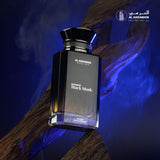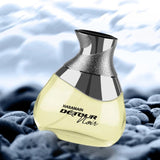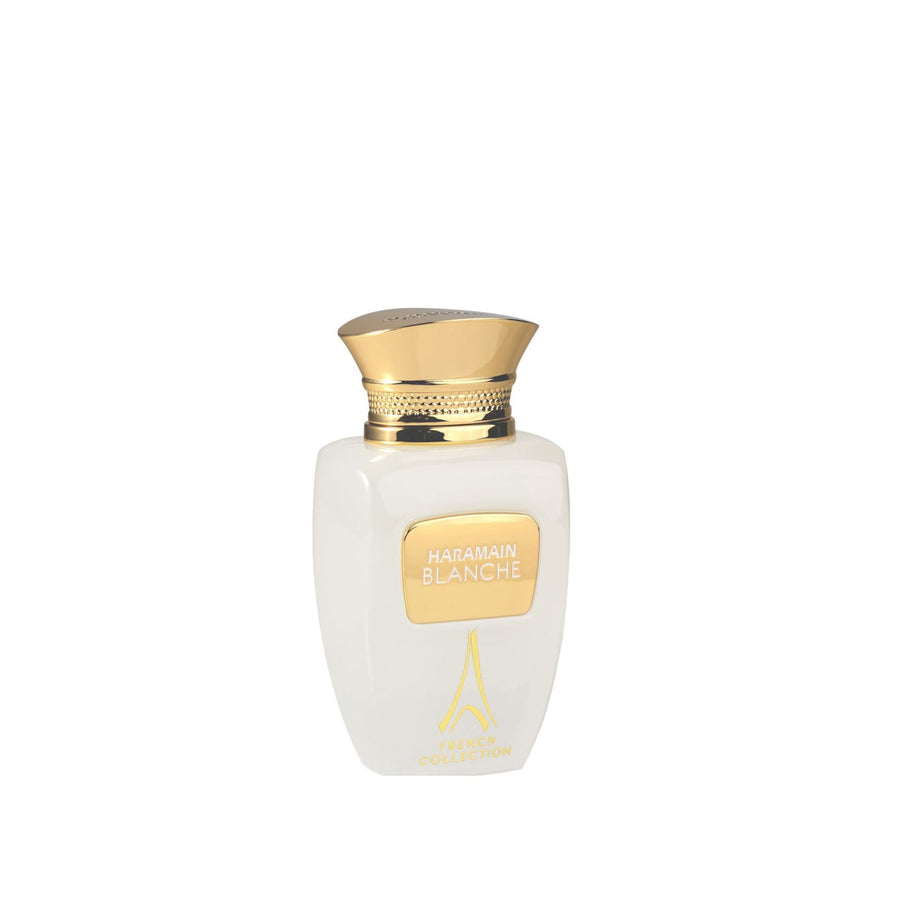Musk is a scent that has fascinated humanity for centuries. Known for its timeless, alluring, and complex aroma, musk evokes warmth, sensuality, and depth. But what exactly does musk smell like? In this blog post, we’ll explore the history, olfactory profile, and variations of musk, as well as how to identify and choose the perfect musk fragrance for you.

A Brief History of Musk
Musk has a rich and storied history that dates back thousands of years. Originally derived from the gland of the male musk deer, this precious substance was highly prized in ancient civilizations, particularly in China and India. It was used not only in perfumery but also in medicine and rituals, symbolizing luxury, power, and spirituality.
However, the ethical and environmental concerns surrounding the extraction of natural musk led to the development of synthetic alternatives in the late 19th century. These synthetic versions replicated the scent of natural musk, making it more accessible and sustainable for the fragrance industry.
Today, musk remains a cornerstone of modern perfumery, with both natural and synthetic versions widely used in a variety of fragrances. Its enduring popularity is a testament to its unique and captivating aroma.
The Olfactory Profile of Musk
Musk is renowned for its complex and multifaceted scent profile. While its characteristics can vary depending on the source, certain qualities remain consistent, giving musk its distinctive allure.
Primary Characteristics of Musk Scent
-
Warmth and Depth: Musk is often described as warm, deep, and enveloping. Its richness evokes a sense of comfort and intimacy, making it a popular base note in many perfumes.
-
Animalic Notes: Traditional natural musk, derived from the musk deer, carries subtle animalic undertones. These notes give it a raw, primal quality that is both sensual and slightly musky.
-
Versatility: Musk’s ability to blend seamlessly with other notes makes it a versatile ingredient in perfumery. It can enhance floral, woody, and spicy fragrances, adding depth and complexity.
Variations in Musk Scents
Musk comes in various forms, each with its own unique qualities:
-
Natural Musk: Earthy, woody, and slightly sweet, natural musk has a sensual, almost intimate quality. Its animalic origin gives it a depth and complexity that is difficult to replicate.
-
Synthetic Musk: Cleaner and more powdery, synthetic musk often features notes of cotton, laundry, or fresh linens. This makes it ideal for modern, crisp fragrances.
-
Plant-Based Musk: Derived from sources like ambrette seeds, plant-based musk is softer and more subtle, with floral undertones and a light sweetness.

Comparisons to Other Scents
Musk is often compared to other rich and complex scents, such as:
-
Ambrette: A plant-based fragrance with fruity and nutty nuances, ambrette is often used as a musk substitute in natural perfumes.
-
Civet: Another animal-derived scent, civet is sharper and more intense than musk, with a pungent, animalic quality.
-
Ambergris: With its warm, sweet, and slightly marine aroma, ambergris shares some similarities with musk but tends to be more oceanic and less earthy.
Popular Musk Fragrances
Musk’s versatility and allure have made it a key ingredient in many iconic fragrances. Here are some beloved musk-based perfumes:
-
Narciso Rodriguez for Her Eau de Parfum
-
YSL Cinema
-
Tom Ford White Suede
-
Bond No. 9 Spring Fling
-
Byredo Gypsy Water
-
YSL Libre
-
Montale Fruits Of The Musk
-
Marc Jacobs Daisy
These fragrances showcase the versatility of musk, ranging from clean and fresh to warm and sensual.
How to Identify Musk in Perfume
Identifying musk in perfumes requires a keen sense of smell and an understanding of how it behaves within a fragrance. Here are some tips:
-
Dry-Down Phase: Musk typically reveals itself during the dry-down phase, when the initial top notes fade and the base notes come to the forefront. Wait 20-30 minutes after applying the fragrance to detect the musk notes.
-
Close to the Skin: Musk tends to cling closely to the skin. Smell the areas where you applied the perfume, such as your wrists, to identify its presence.
-
Layer Scents: To highlight musk, try layering it with other fragrances. Applying a musk-heavy perfume over a light, unscented lotion can amplify the musk notes.
-
Temperature and Environment: Musk behaves differently depending on the environment. Warmer settings enhance its warmth and depth, while cooler environments bring out its clean, powdery aspects.

How to Choose the Right Musk Scent
Choosing the perfect musk fragrance depends on your personal preferences and lifestyle. Here are some factors to consider:
-
Personal Style: If you prefer bold, sensual scents, opt for fragrances with natural or animalic musk. For a softer, more understated scent, choose perfumes with synthetic or plant-based musk.
-
Occasion: For everyday wear, a subtle and fresh musk fragrance is ideal. For special events or evening wear, richer, darker musk notes add an alluring and sophisticated touch.
-
Seasonal Considerations: Lighter musk scents with fresh or floral notes work best in warmer months. During colder seasons, deeper, more intense musk scents provide a cozy, enveloping effect.
-
Skin Chemistry: Musk can react differently depending on your skin chemistry. Test the fragrance on your skin and let it develop for a few hours to see if it suits you.
Conclusion
Musk is a timeless and captivating scent that adds depth, warmth, and sensuality to perfumes. Whether natural, synthetic, or plant-based, its rich and complex profile continues to enchant fragrance lovers around the world. From its ancient origins to its modern-day applications, musk remains a symbol of luxury and allure.
If you’re looking to explore the world of musk, consider trying one of the many iconic fragrances that feature this remarkable ingredient. Its versatility and enduring appeal make it a perfect choice for any scent enthusiast.
















